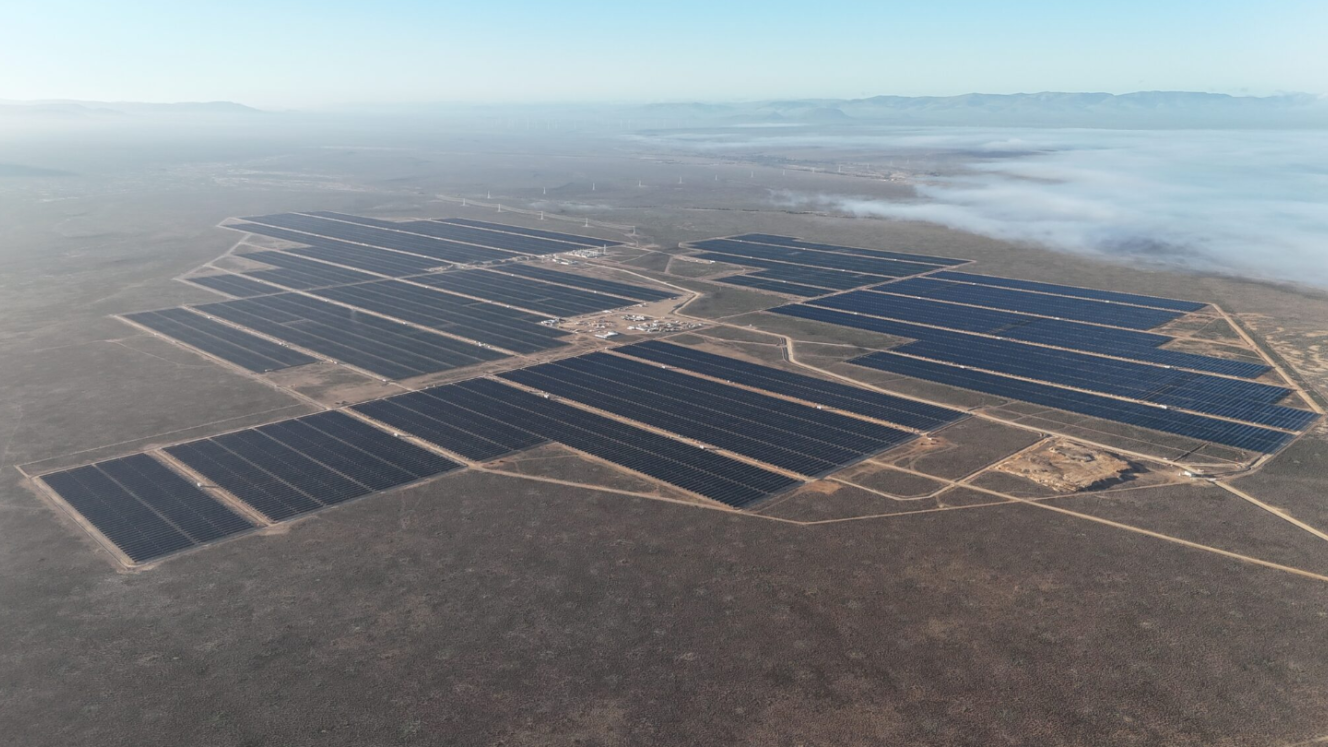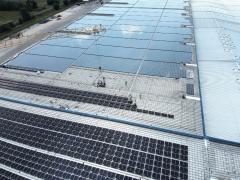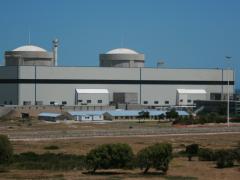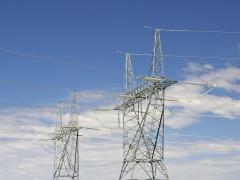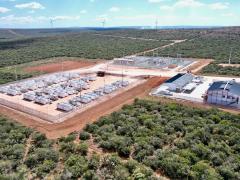The City of Cape Town has allocated R71,2 billion over the next three years to electricity infrastructure investment following the implementation of a restructured, ring-fenced tariff model aligned with National Treasury and National Energy Regulator of South Africa reforms.
The revised tariff structure, introduced on July 1, separates fixed and usage-based components and ring-fences electricity revenue for reinvestment. While this has resulted in an average household bill increase of around 7%, the per-unit cost of electricity has decreased for many customers to offset the impact of the new fixed “service and wires” charge.
The budget supports grid resilience, embedded generation, battery storage, energy efficiency and metering infrastructure.
The city’s flagship investment is a R1,2 billion multi-year upgrade of the 180 MW Steenbras pumped storage scheme. Steenbras plays a key role in load shifting and local peak demand management.
“The programme to upgrade and enhance the capacity of our Steenbras plant is making significant progress,” said Cape Town’s Mayoral Committee Member for Energy Xanthea Limberg. “We are also taking great strides in our solar PV and battery storage programmes.”
A further R57 million has been earmarked to integrate a 5 MW/8 MWh battery energy storage system into the soon-to-be-completed Atlantis solar plant. The project will serve as a pilot to assess the technical and operational feasibility of municipal-scale energy storage on Cape Town’s network.
Other allocations include:
- R183 million for the small-scale embedded generation programme
- R1,3 billion for public lighting infrastructure, including R160 million to accelerate the LED streetlight replacement rollout
- R320 million over three years for new metering infrastructure, including R100 million in 2025/26
- Infrastructure upgrades at multiple distribution sites across the metro including Bellville, Gugulethu, Grassy Park, Melkbos and Woodstock
Limberg said the city will continue to align its investments with the national Trading Services Reform Programme to ensure services are financially sustainable and tariff structures remain cost-reflective.
“Revenue for electricity services is now ring-fenced and our investment plan reflects that shift,” she said.

